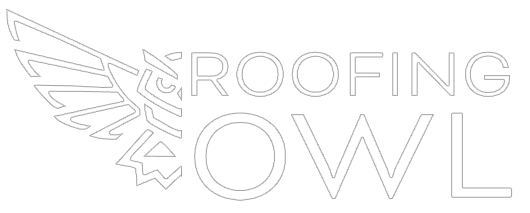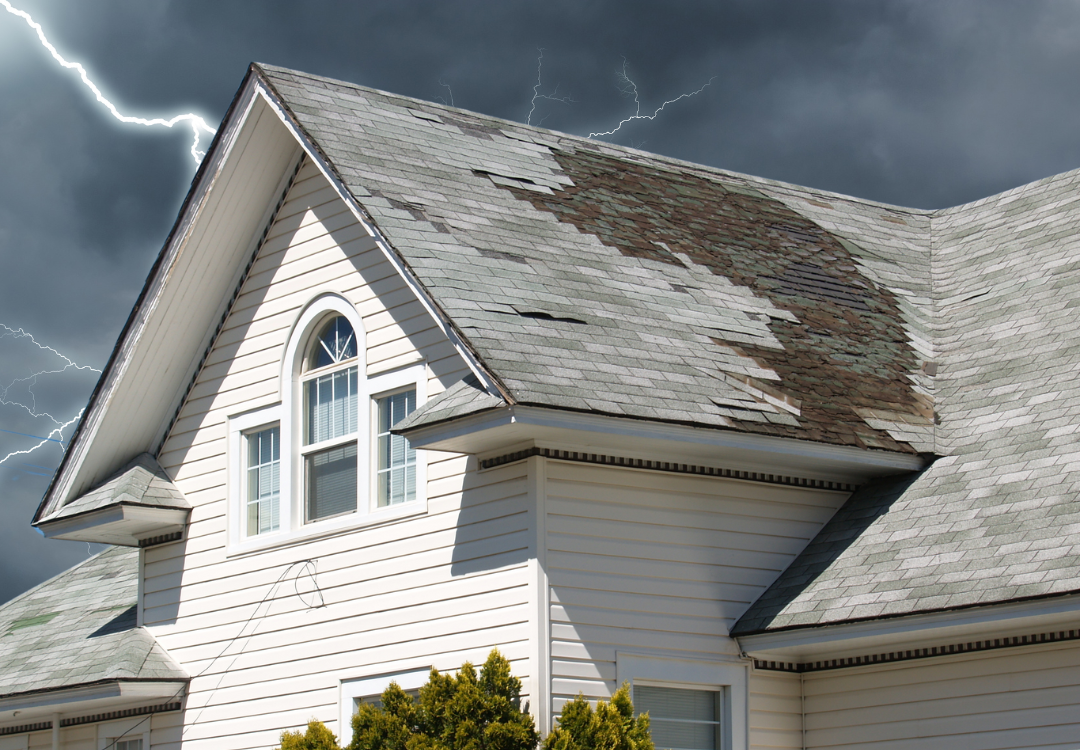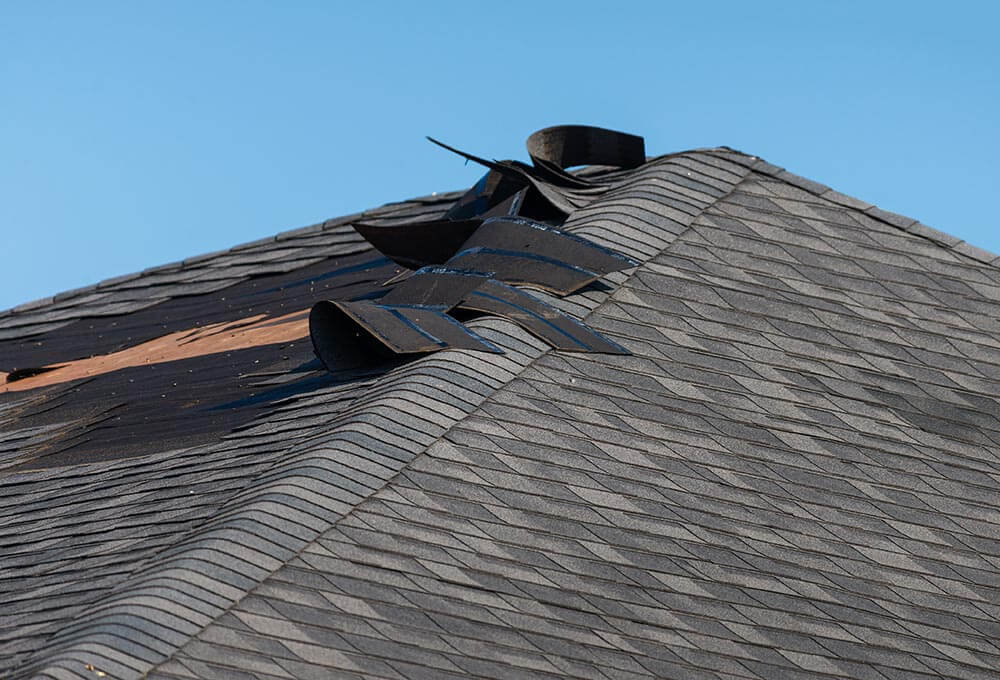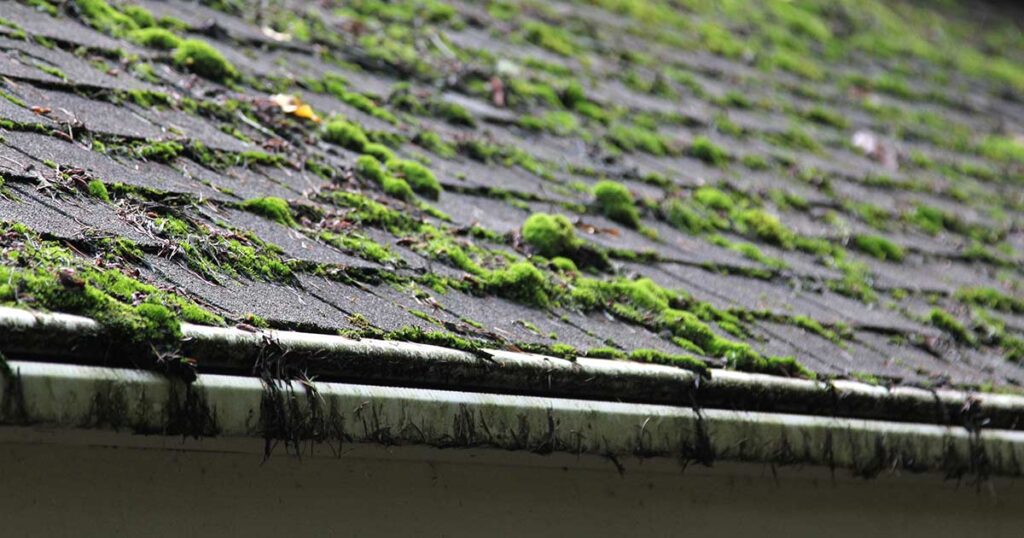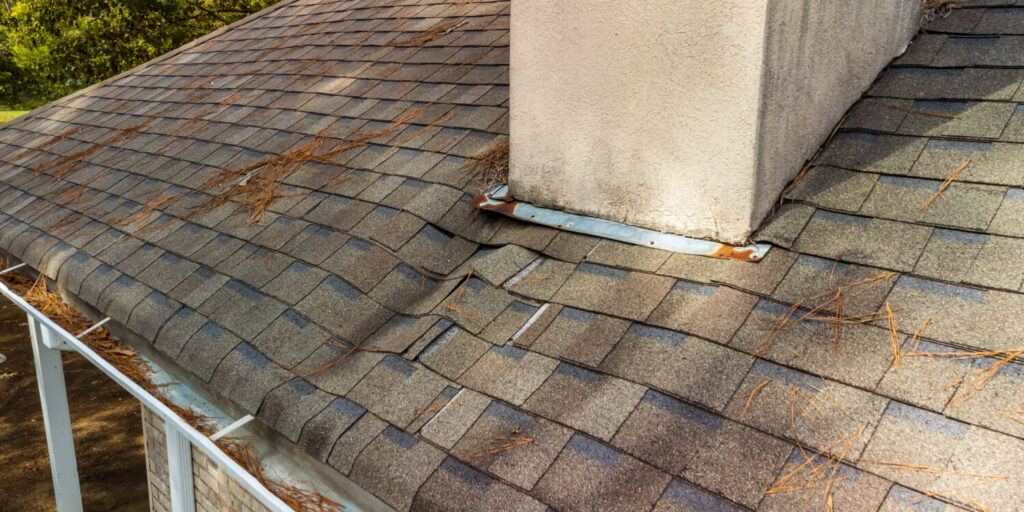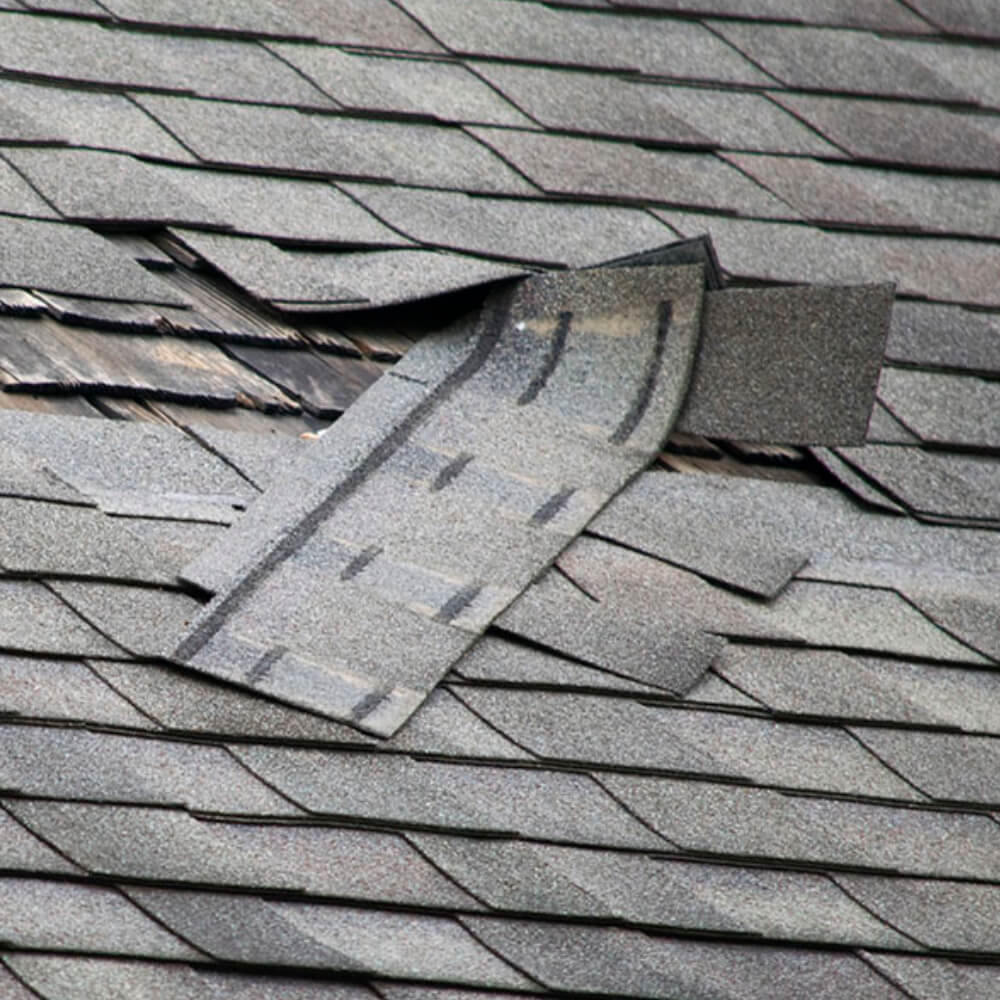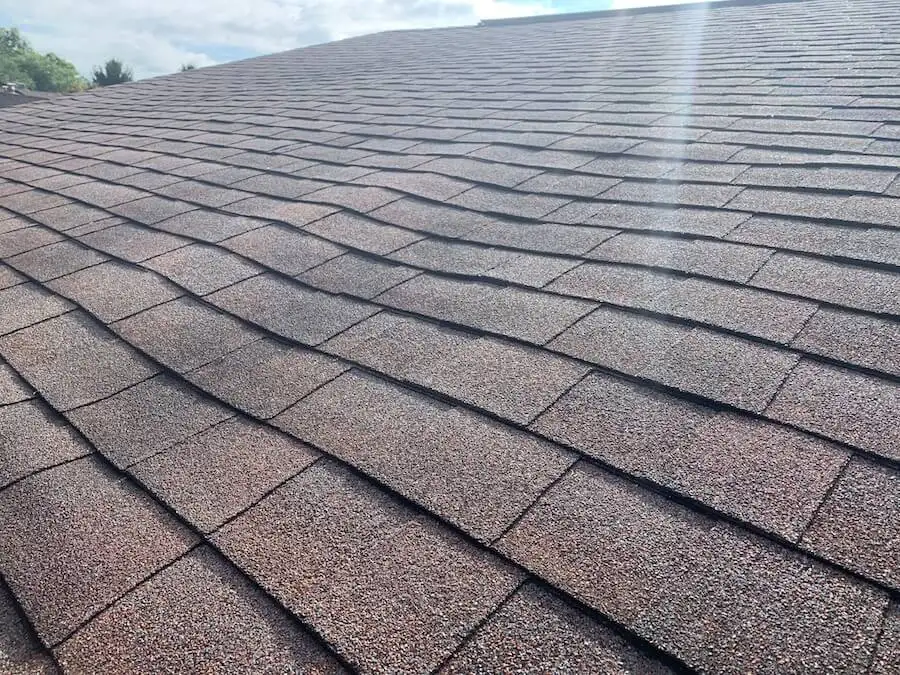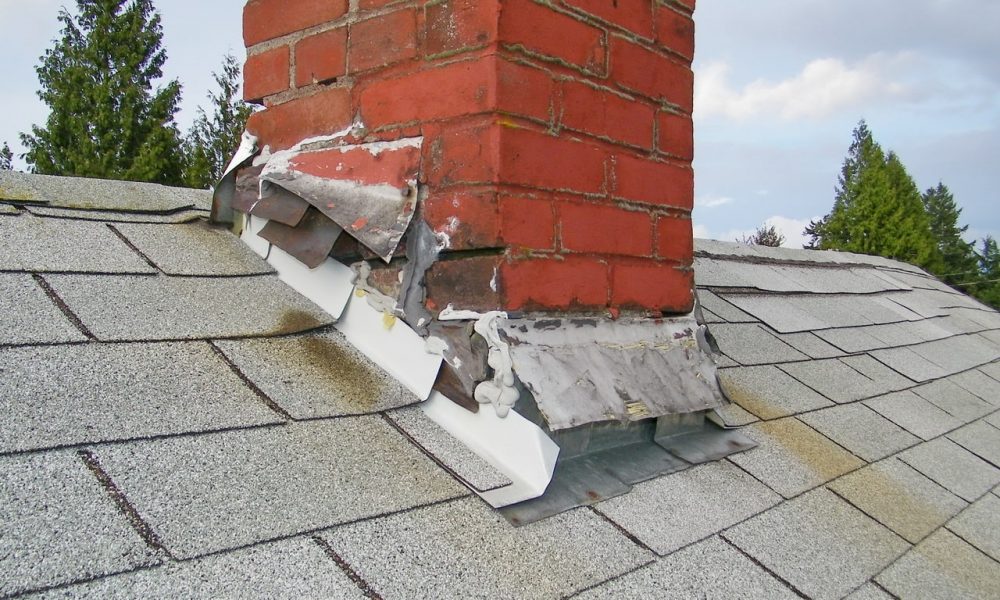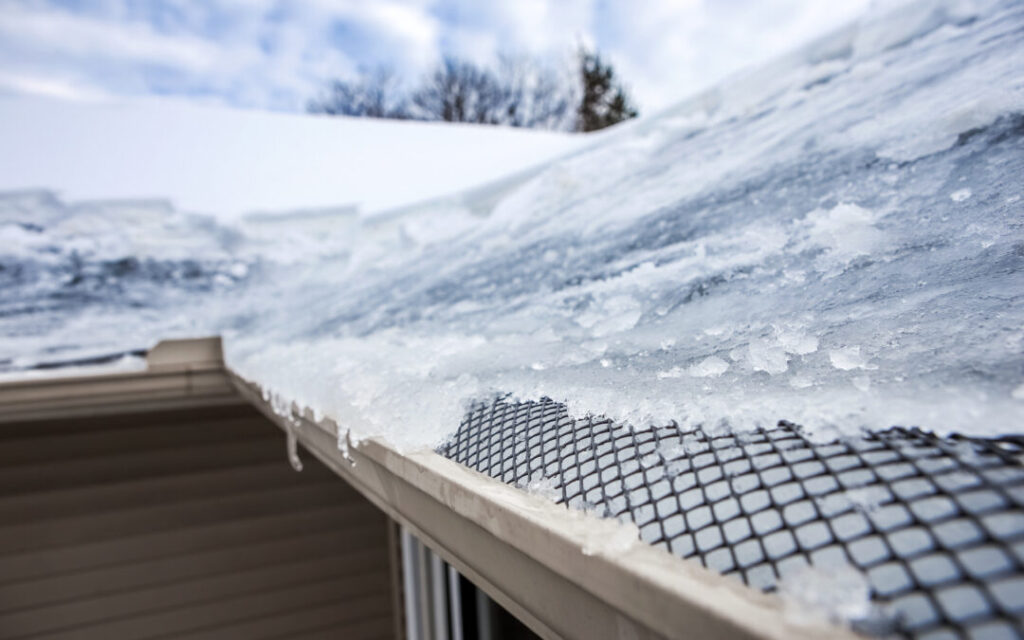Roof Repair
How it Works
Experience next level custom service from start to finish
#1 “Inspection and Assessment”
With roofing Owl we first inspect the roof to identify the extent of the damage. This includes checking for: - Missing, cracked, or curling shingles - Leaks and water damage inside the home - Sagging or weak areas - Moss or mold growth - Flashing and vent damage After the inspection, the roofer provides a repair estimate, outlining the materials and labor required.
#2 “Preparing for the Repair”
Before repairs begin, the work area is prepared to ensure safety and efficiency. This includes: - Clearing debris from the roof - Setting up ladders and safety equipment - Covering landscaping or outdoor furniture if needed.
#3 “Removing Damaged Materials”
Depending on the extent of the damage, Roofing Owl may need to remove: - Broken or missing shingles - Rotten or water-damaged underlayment - Damaged flashing around vents, chimneys, or skylights.
#4 “Repairing or Replacing the Affected Area”
If only a few shingles are damaged, they are replaced with new ones or if the shingles are discontinued we will look into filing a claim and getting insurance to cover an entire new roof. - If the underlayment or decking is damaged, the old material is removed and replaced before adding new shingles. - If leaks were caused by flashing issues, the flashing is replaced and sealed properly. - For minor cracks or holes, roof sealant or patching materials may be used.
#5 “Sealing and Waterproofing”
Once the repairs are made, Roofing Owl will apply waterproofing solutions, sealants, and ensure proper ventilation to prevent future damage.
#6 “Final Inspection and Cleanup”
Roofing owl will check that all repairs are secure and the roof is watertight. - They clean up any debris, including nails and old materials. - A final walk-through ensures everything is in order.
